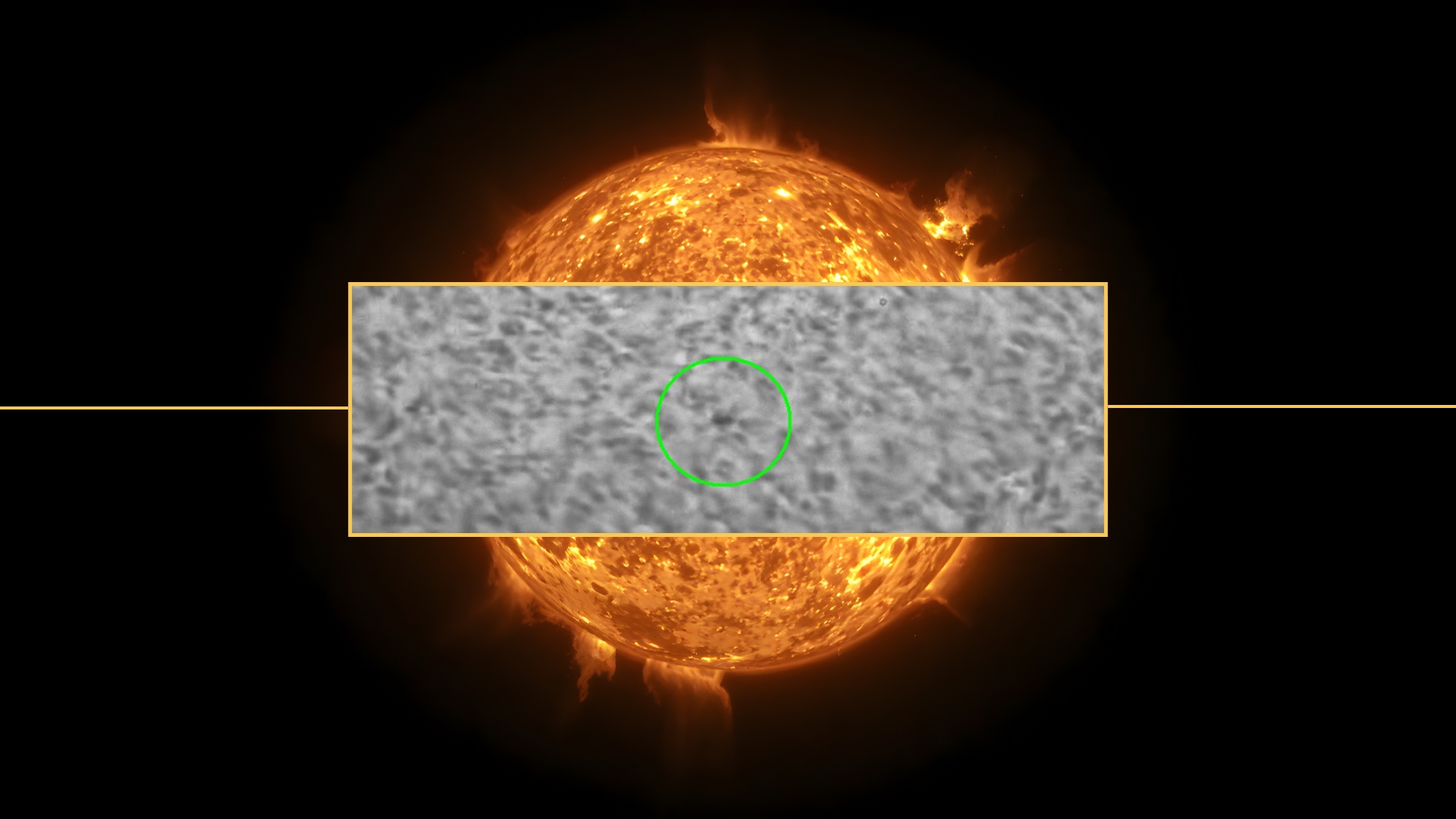To be declassified: UFO broke sound barrier with no sonic boom
In a Fox News interview, Trump's former intelligence director said the sightings are difficult to explain.

More inexplicable sightings of unidentified flying objects (UFOs) will be released for public scrutiny in June — including a UFO that broke the sound barrier without producing a sonic boom.
Speaking on Fox News, the former director of National Intelligence, John Ratcliffe, said Saturday (March 20) that the sightings are "difficult to explain." Ratcliffe, who served in the Trump administration, said he'd hoped to declassify the reports during his tenure but that they will be released by the Pentagon by June 1.
It's not the first time the military has released strange reports, and even videos, of UFOs, known in military parlance as unidentified aerial phenomena (UAPs). In April 2020, the U.S. Navy released three videos appearing to show aircraft flying faster than the speed of sound. And Senate intelligence reports reveal that the Pentagon is still on the hunt for UFOs or UAPs. But check your excitement, Fox Mulder — the military is generally more concerned about whether UAPs might be secret aircraft or weapons developed by other nations than it is about finding evidence of ET in our midst.
According to Newsweek, Ratcliffe said the upcoming Pentagon report will include more sightings and reports of objects moving in seemingly impossible ways or breaking the speed of sound without an accompanying sonic boom. The unexplained sightings occurred all over the world, he said, and include events picked up on automated sensors and not just by human eyes.
"There are instances where we don't have good explanations for some of the things that we've seen," Ratcliffe told Fox News.
The report and declassification is required under the Intelligence Authorization Act for 2021.
However, the sightings may not even represent advanced Earth technology. Debunkers have suggested that the apparent extreme speed of the aircraft in the videos released in April 2020 could be an optical illusion called parallax. This effect occurs when an object close to a camera lens appears to be moving, sometimes quite quickly, as the camera moves, just because it's closer to the lens than objects in the background. (A video example is available at SyfyWire.) Thus, the objects in the video could be as mundane as passenger planes or weather balloons. Some of the sudden movements in the videos may be artifacts of the camera zooming or sharpening the image, Vice reported.
Breaking space news, the latest updates on rocket launches, skywatching events and more!
There are also declassified experimental aircraft that can do things like break the speed of sound without the enormous "crack" of a sonic boom. NASA's X-59 Quiet SuperSonic Technology aircraft, which is under construction and not yet in flight, is designed to fly faster than sound without making more than a gentle thump to listeners on the ground. It's unknown if governments have similar, secret technology in testing or use.
Whatever the to-be-released videos show, it's a time of unprecedented document release around UFOs. In January, the CIA unveiled three decades' worth of documents about mysterious incidents reported to or investigated by the agency.
Originally published on Live Science.

Stephanie Pappas is a contributing writer for Space.com sister site Live Science, covering topics ranging from geoscience to archaeology to the human brain and behavior. She was previously a senior writer for Live Science but is now a freelancer based in Denver, Colorado, and regularly contributes to Scientific American and The Monitor, the monthly magazine of the American Psychological Association. Stephanie received a bachelor's degree in psychology from the University of South Carolina and a graduate certificate in science communication from the University of California, Santa Cruz.

